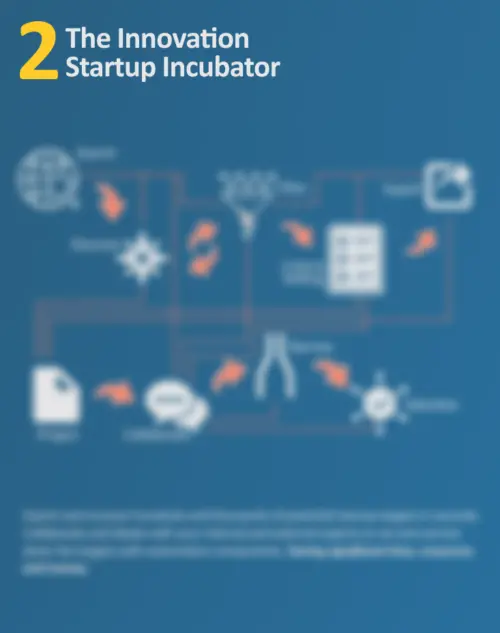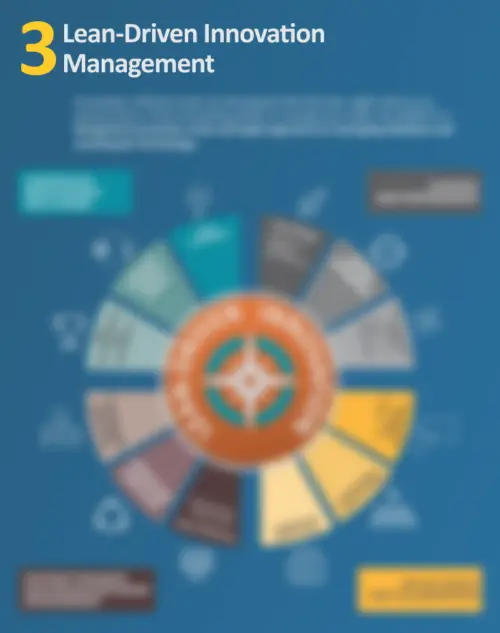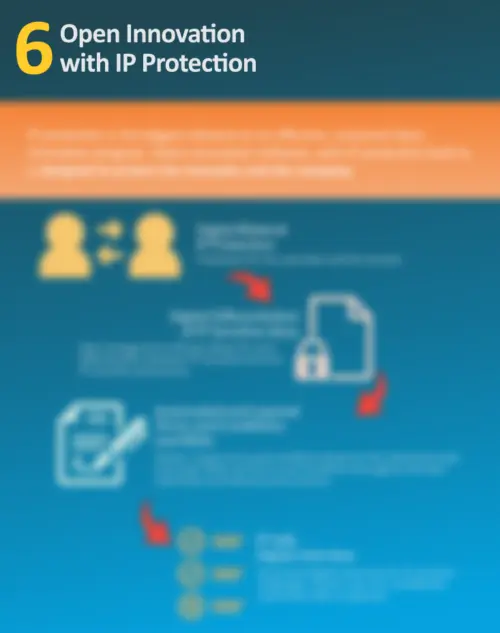Don’t just survive, thrive with innovation technology tools.
Don’t just survive, thrive with innovation technology tools.
- Strategic planning
- Insight generation
- Creative ideation
- Social impact assessment
- Business model development
- Validation and testing
- Cultural transformation
- Market exploration
- Go-to-market execution
- Project scoping
- End-to-end management
- AI-powered enhancements
INFOGRAPHIC DOWNLOAD
The right combination of these capabilities will not only help you keep pace with change, but also give you the flexibility to explore, experiment, and scale ideas with confidence.
From scouting technology automation, for fast and accurate discovery, to collaborating and ideating with internal and external subject matter experts, having the right innovation acceleration tools is a must-have to survive today’s competitive disruption.
“Digital disruption will wipe out 40% of Fortune 500 firms in the next 10 years.”
In order to thrive, companies must fully embrace and implement a culture of innovation that adopts, embraces and practices internal and Open Innovation. To disrupt effectively, lean-driven innovation is a key component. “A lean and agile culture goes hand-in-hand with an innovative culture. You simply can’t have one without the other.”
Why Innovation Project Templates Matter
Consistent Structure
Everyone knows exactly what comes next, whether you’re in Sydney or São Paulo.
Consistent Structure
Everyone knows exactly what comes next, whether you’re in Sydney or São Paulo.
Consistent Structure
Everyone knows exactly what comes next, whether you’re in Sydney or São Paulo.
Consistent Structure
Everyone knows exactly what comes next, whether you’re in Sydney or São Paulo.
Reduce survival vulnerability
with innovation technology tools.
Insights That Drive Innovation Success
Embrace AI and Automation
Harness AI to streamline operations, improve forecasting accuracy, and accelerate product development. Giants like Google and Amazon continually integrate intelligent automation to stay ahead of the curve.
Adopt Agile and Lean Innovation Approaches
Shorten feedback cycles and iterate rapidly with lean innovation methods. Organizations like Toyota have long relied on these principles to fuel both efficiency and disruption.
Build a Culture of Continuous Learning
Empower every team member—from executives to frontline staff—with tools and training to expand their innovation fluency. Programs like Microsoft’s AI Business School prove how education fuels innovation.
Champion Trust and Ethical AI
Implement frameworks that prioritize transparency and trust. Industry leaders, including IBM, set the standard for responsible and ethical AI deployment.
Leverage Market and Consumer Insights
Use real-time analytics and consumer feedback platforms, such as NielsenIQ or Qualtrics, to instantly grasp shifting market demands and emerging trends.
Break Down Silos Through Collaboration
Success comes from diverse voices—internal and external. Collaborate across business units and partner with startups, research institutions, and open innovation communities to share knowledge and spark new ideas.






